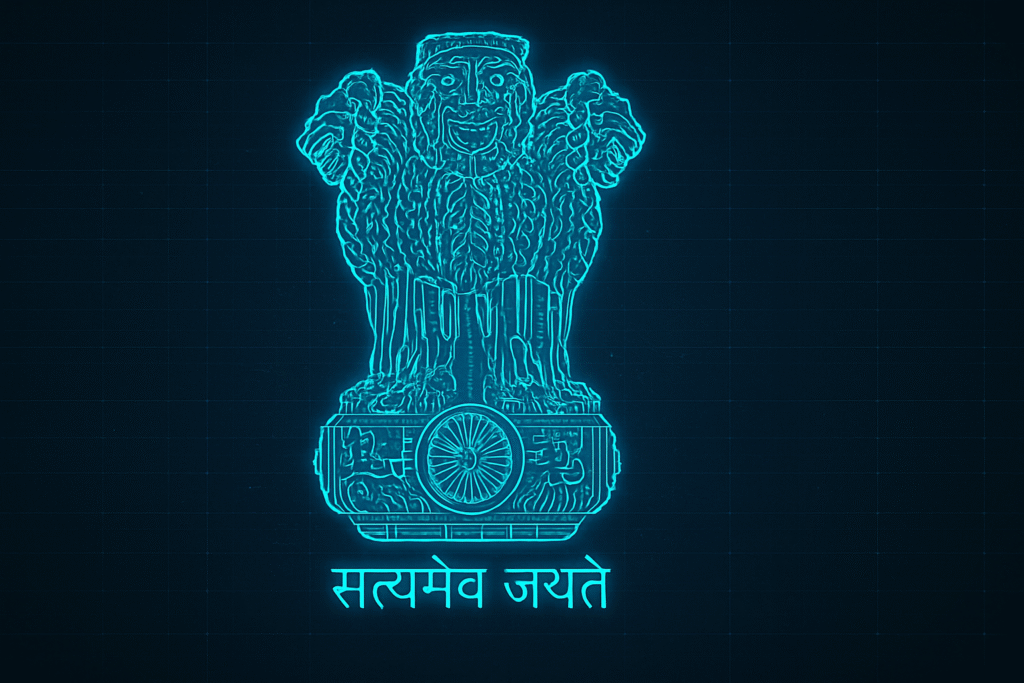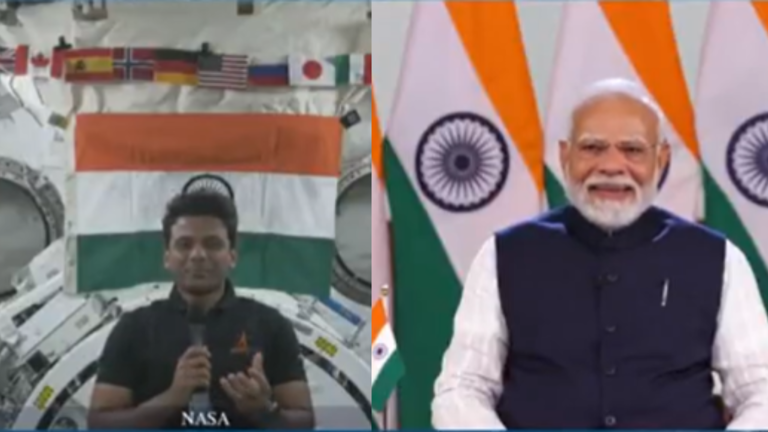Sovereign LLMs, Temples in VR—AI Becomes India’s New Kurukshetra
India’s artificial intelligence (AI) journey is now on two parallel tracks—one technological, the other cultural. On one hand, the government is investing ₹10,000 crore in the IndiaAI Mission, aiming to build a sovereign large language model (LLM) like Sarvam that runs entirely on Indian data and infrastructure. On the other, through institutions like the National Mission on Monuments and Antiquities (NMMA), India is digitising more than 12 lakh historical artefacts and monuments, using AI and virtual reality to preserve its vast civilisational legacy.
Together, these efforts raise a crucial question: Is India’s AI ambition about data security and technological sovereignty—or about cultural immortality and digital heritage? In reality, it’s both. The sovereign AI model ensures strategic control in a geopolitically tense digital landscape, while cultural AI projects aim to revive, archive, and democratise access to India’s ancient wisdom and heritage.
Sarvam Is Not Just a Model—It’s India Saying ‘Hands Off Our Data’
India’s AI backbone begins with the IndiaAI Mission, launched to ensure India builds foundational AI models on its own terms. In April 2025, the government selected Bengaluru-based Sarvam AI to lead the initiative. The company is working on three models: Sarvam-Large, Sarvam-Small, and Sarvam-Edge, each trained on domestic GPU infrastructure. So far, more than 17,000 Nvidia GPUs have been deployed in India, with an eventual goal of 34,000+ chips to power local training and inferencing.
This isn’t just about technology—it’s a matter of digital sovereignty. Sovereign models like Sarvam will allow India to store, process, and utilise data within its borders, free from foreign dependency. Platforms like Bhashini, India’s multilingual translation AI, are already handling over 16 million inferencing calls daily, reflecting the massive demand for vernacular-first AI tools that understand Indian languages and contexts.
The mission also supports smaller startups, like Gnani and Gaan, that are building sector-specific and language-centric AI products. By enabling a portfolio of models instead of relying on a single champion, India is paving the way for a decentralised, diverse, and India-centric AI ecosystem.
12 Lakh Artefacts Go Digital: Bharat’s Temples Now Won’t Be Forgotten
Parallel to the sovereign tech drive is a softer but equally profound mission—preserving India’s cultural heritage using AI, 3D imaging, and immersive technologies. Under the NMMA, India has digitised over 12.34 lakh antiquities and more than 11,000 historical sites, including Ajanta Caves, Hampi, Ellora, and many lesser-known temples and forts. These are being converted into high-resolution digital archives and virtual walk-throughs using AR/VR and AI-based photogrammetry.
The Culture Ministry’s “Indian Heritage in Digital Space (IHDS)” program even allows citizens to contribute by uploading their own images of local monuments, which are then processed by AI to generate 360-degree visual tours.
This initiative goes beyond preservation—it’s about democratising access to India’s legacy. Students in remote villages can explore ancient architecture in virtual reality. Scholars can track damage patterns over time using AI tools. Tourists can preview temples in 3D before visiting. In short, AI becomes the bridge between past and future.
Despite challenges like limited budget and lack of digital literacy in rural zones, experts believe that combining public institutions, startups, and telecom infrastructure will be key to scaling this digital heritage revolution.
India’s dual-track AI strategy—sovereign LLMs like Sarvam for autonomy, and cultural digitisation via NMMA and IHDS for identity—reveals a bold vision. Not just to lead in tech, but to ensure India’s stories, scripts, and sculptures are never lost to time. As GPUs light up and temples go virtual, India isn’t just coding algorithms; it’s scripting a future where technology safeguards both security and civilisation.





















